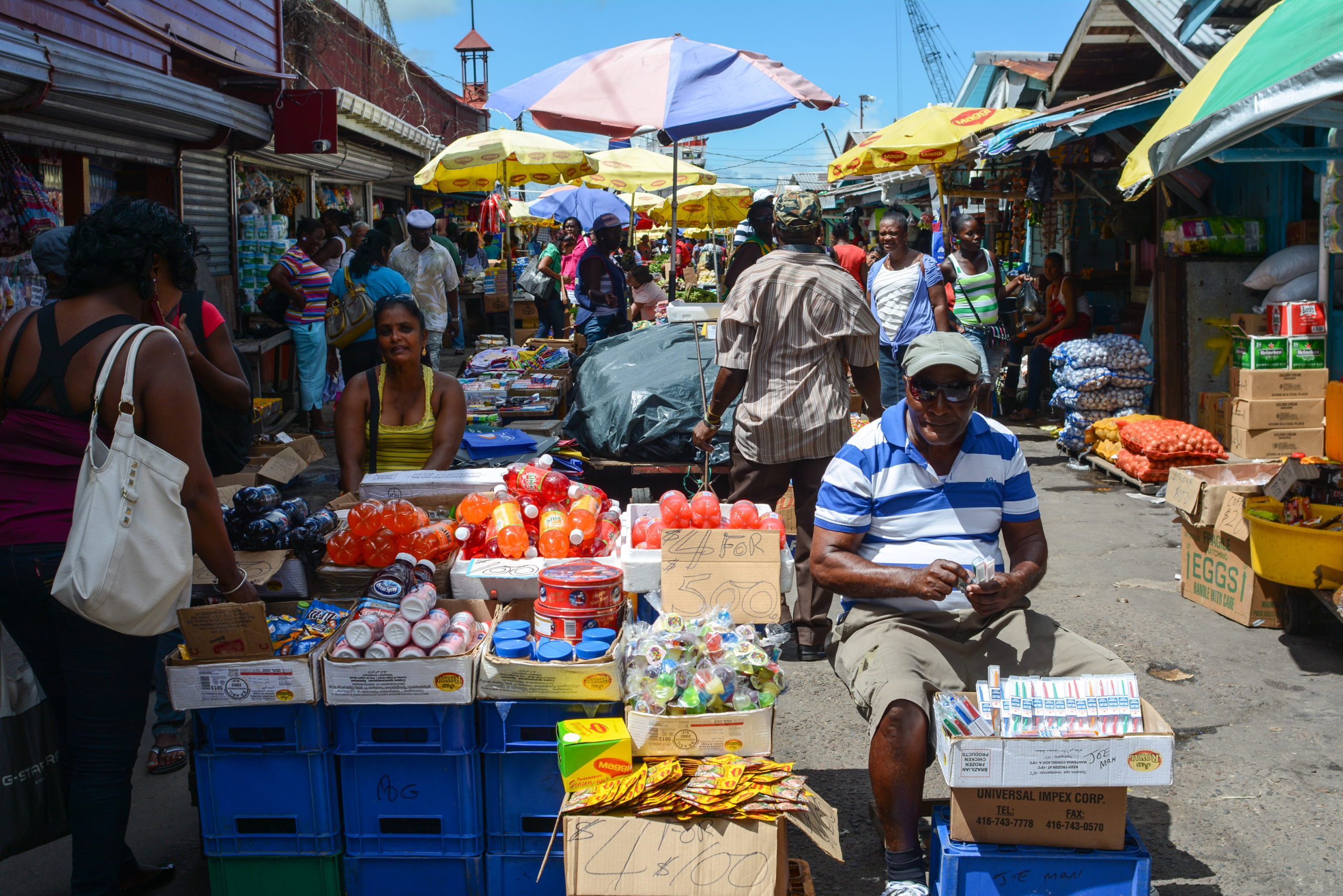Mass Drug Administration Nears Lymphatic Filariasis Elimination
 Poverty and health are inextricably linked, with both negatively impacting each other. The main way they affect each other is through financial burdens, where people experiencing poverty are in a position where they can’t purchase the necessary things to support good health, such as quality food or health care. This is also impacted by people with low incomes often lacking the necessary guidance or information on the best practices that lead to a healthy life.
Poverty and health are inextricably linked, with both negatively impacting each other. The main way they affect each other is through financial burdens, where people experiencing poverty are in a position where they can’t purchase the necessary things to support good health, such as quality food or health care. This is also impacted by people with low incomes often lacking the necessary guidance or information on the best practices that lead to a healthy life.
Poor health can also cause poverty in multiple ways. This happens mainly due to the direct costs of seeking health care and its associated costs, such as transportation to a hospital or medical professional. Furthermore, “the considerable loss of income associated with illness in developing countries” can greatly impact the sick individual and family members who may have to stop working or postpone their education to care for the ill relative. This is especially the case for those in extreme poverty (living below $1.90 a day), where people are often living hand-to-mouth with limited to no financial security if they can’t work.
Guyana and Lymphatic Filariasis
Guyana has around 800,000 people, with 90% living on 10% of the country’s total land area. Despite this, Guyana still has a relatively low population density. Due to recent discoveries of oil resources, Guyana’s gross domestic product (GDP) is growing quickly, with a growth rate of 42.3% from 2020 to 2023 but a GDP per capita of $18,199 in 2022.
However, the country still has a significant portion of its population living in poverty, with 48.4% living on less than $5.50 a day in 2019 and it’s estimated to be around 38% currently. Furthermore, in 2022, the Global Nutrition Report noted that 3.2% of the population lived on less than $1.90 daily and 4.7% on less than $3.20 daily. Guyana’s universal health care coverage is promising at 76% on the associated index in 2021, up from 65% in 2011. However, it hasn’t advanced in recent years.
One of the most impactful diseases in Guyana is Lymphatic Filariasis, which is endemic in the country, making it one of four countries in the Americas with such a status. However, the Pan American Health Organization considers lymphatic filariasis “potentially eradicable.” The efforts being made to eliminate lymphatic filariasis in Guyana support this claim. The disease can damage the lymphatic system, with symptoms often appearing later in life. These symptoms include lymphedema and hydrocele—swelling typically around the legs and groin—which can cause permanent disability or disfigurement, leading to social ostracism.
Globally, 120 million people are infected with lymphatic filariasis, with one-third suffering from disability or disfigurement as a result. Given the potential impact on daily life, such as restricted movement that can affect one’s job, particularly in agriculture (a significant industry in Guyana where 17% of workers are employed), the impact on those in poverty is substantial.
Guyana’s Mass Drug Administration Campaign
In Guyana’s efforts to eliminate lymphatic filariasis, the country has launched its third mass drug administration (MDA) campaign, targeting at-risk populations in two regions. The first round of MDA took place in 2019, treating 75.7% of the population, followed by the second round in 2021, which treated 72% of the population. The country is administering a drug regimen called IDA, which includes three separate drugs: Ivermectin, Diethylcarbamazine (DEC) and Albendazole.
In the current round of MDA, “700 trained volunteers and health workers are visiting schools and workplaces and will go door-to-door in regions three and four to administer pills” to bring closer the eradication of lymphatic filariasis in Guyana. With this aim in mind, they are stressing to people that participating in the MDA isn’t only for the health of the country but also the health of their community and families – a method supported by a study conducted on prior participation in MDA in Guyana.
Final Remark
The MDA campaign is bringing the elimination of lymphatic filariasis in Guyana closer. This, in turn, decreases the disease’s burden on those in poverty in the country, reducing the prevalence of the symptoms and, therefore, the impact it has on individuals’ abilities to work and those who would have had to care for those infected. The campaign will further benefit Guyana’s more remote communities, which may lack easy access to universal health care and social support, thereby increasing the impact of contracting lymphatic filariasis in these areas. By participating in the MDA campaigns, people in Guyana are more likely to avoid serious symptoms and maintain a normal life. This reduces the overall impact of lymphatic filariasis, particularly on those in poverty and helps break the cycle of poverty exacerbated by the disease.
– Archie Day
Archie is based in St Andrews, Scotland and focuses on Technology and Global Health for The Borgen Project.
Photo: Wikimedia Commons
